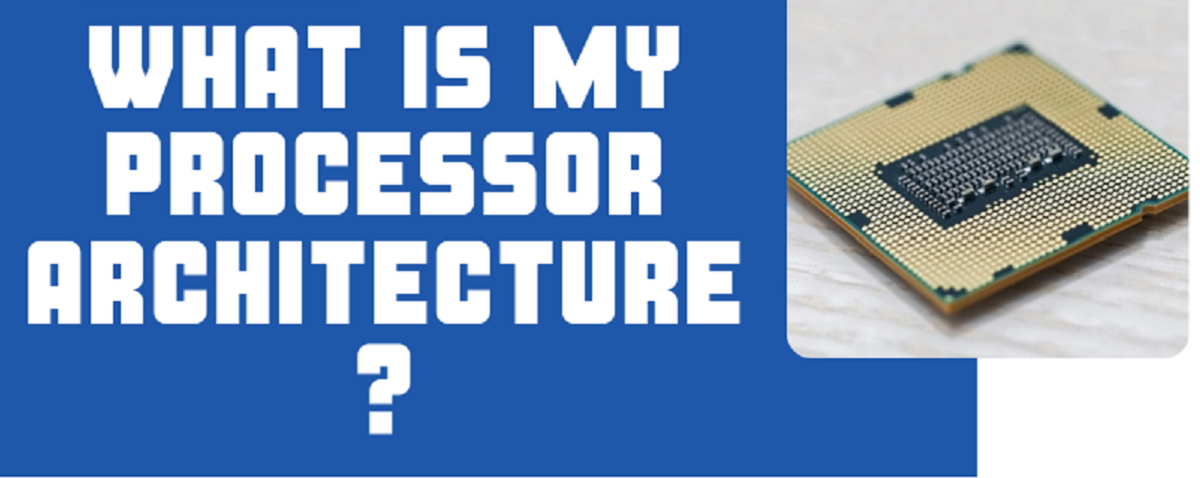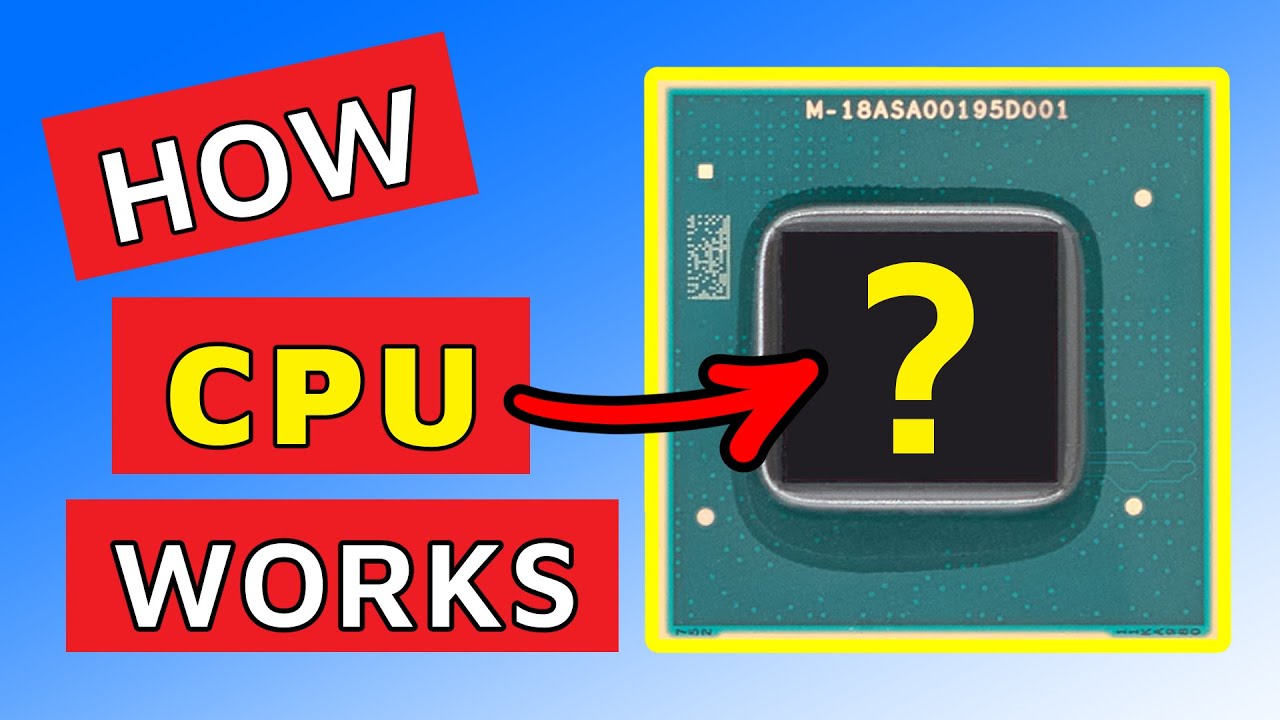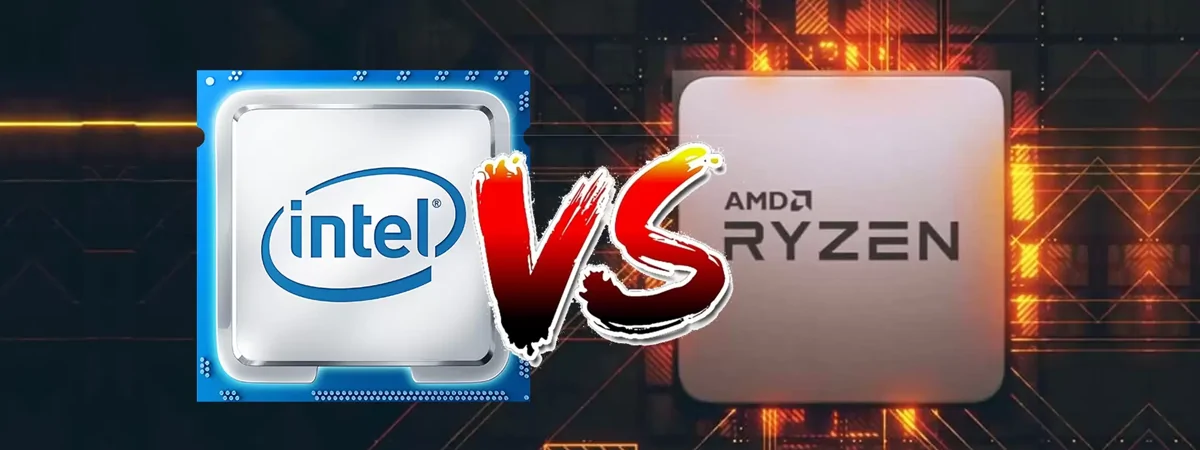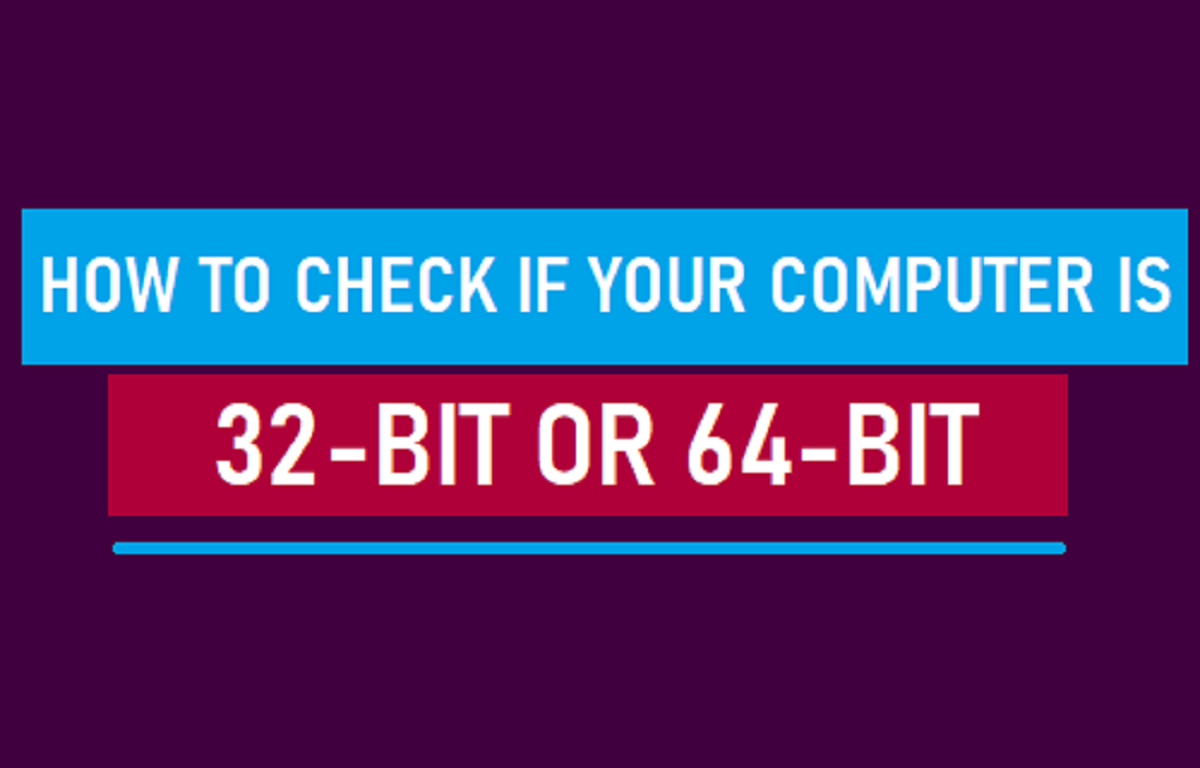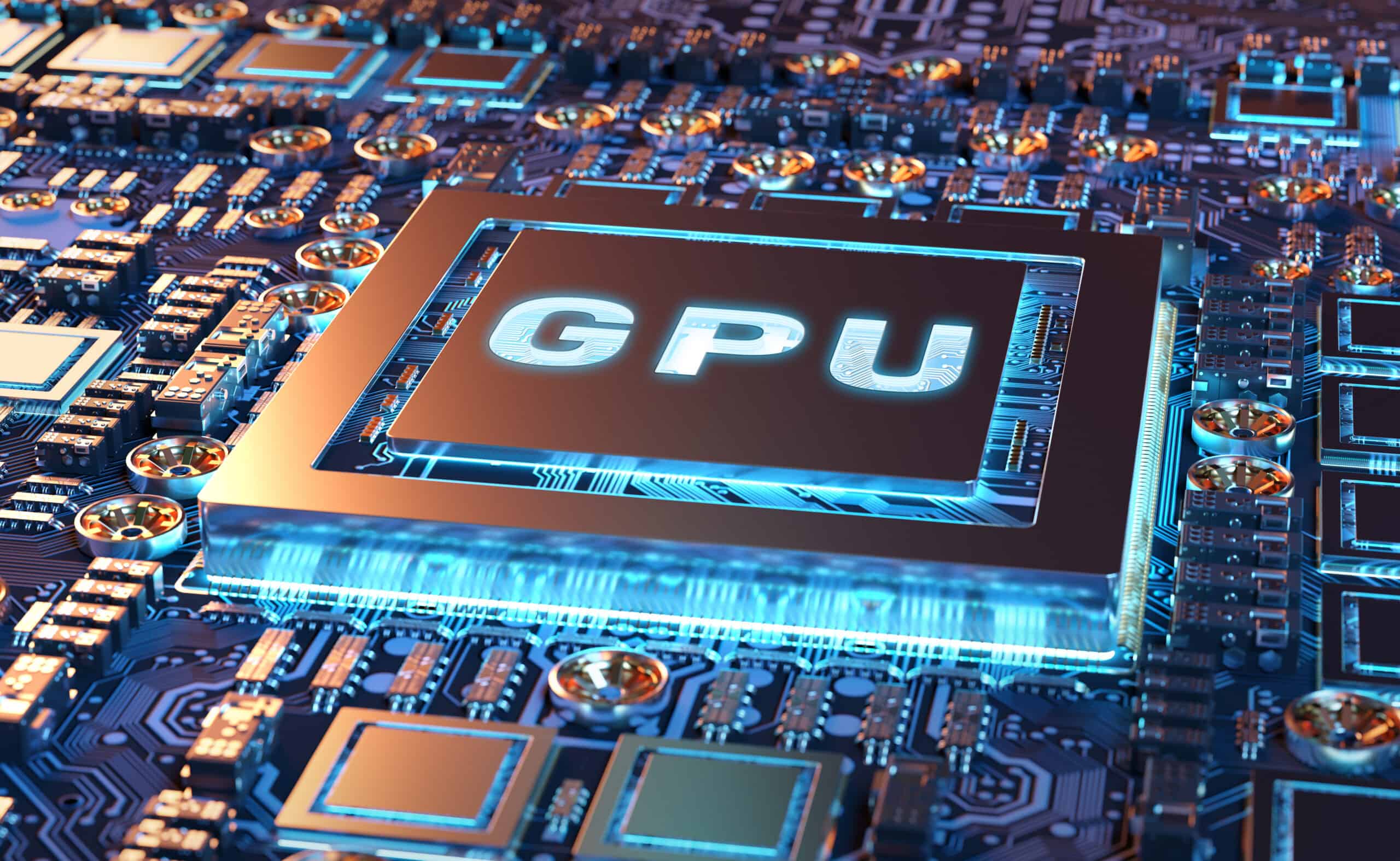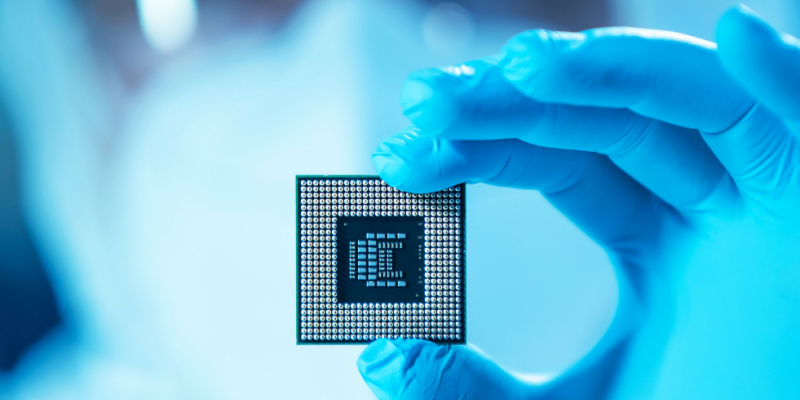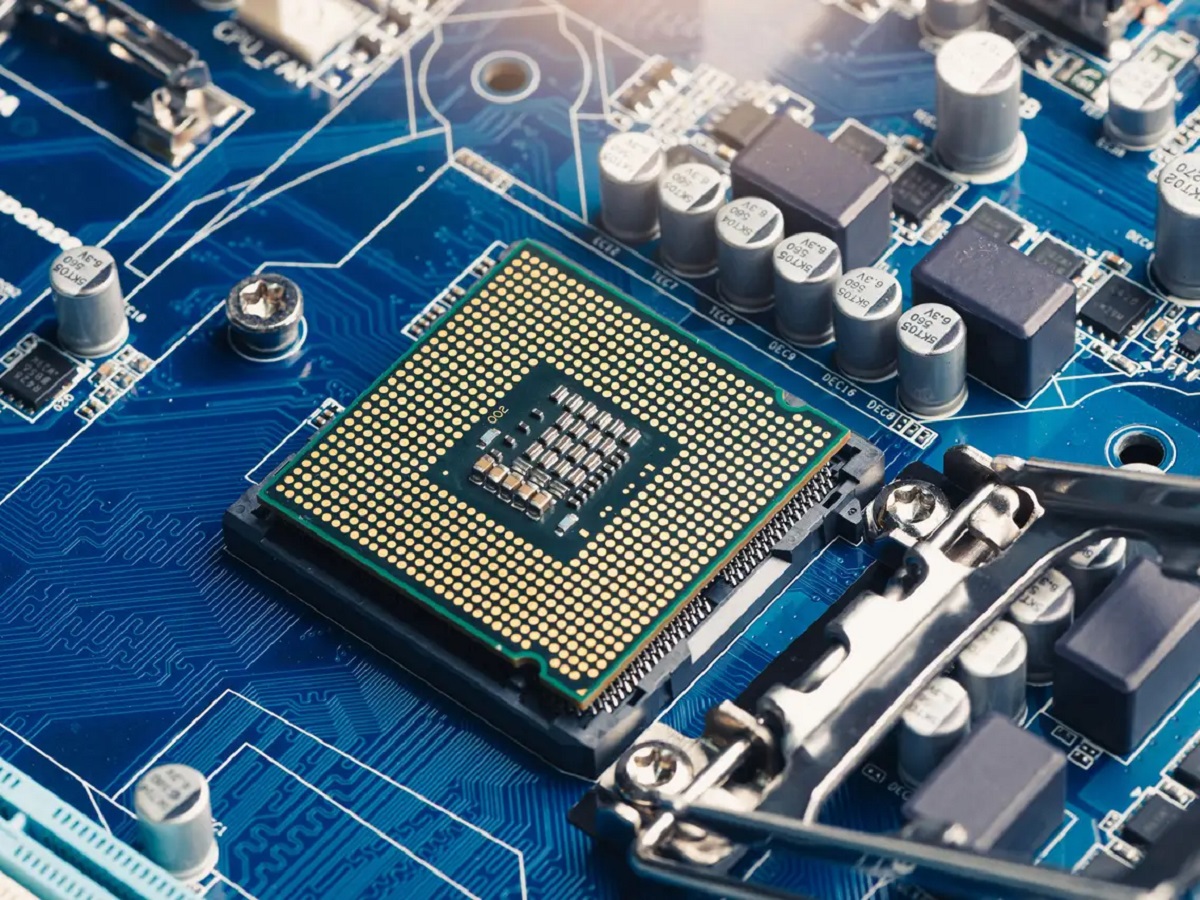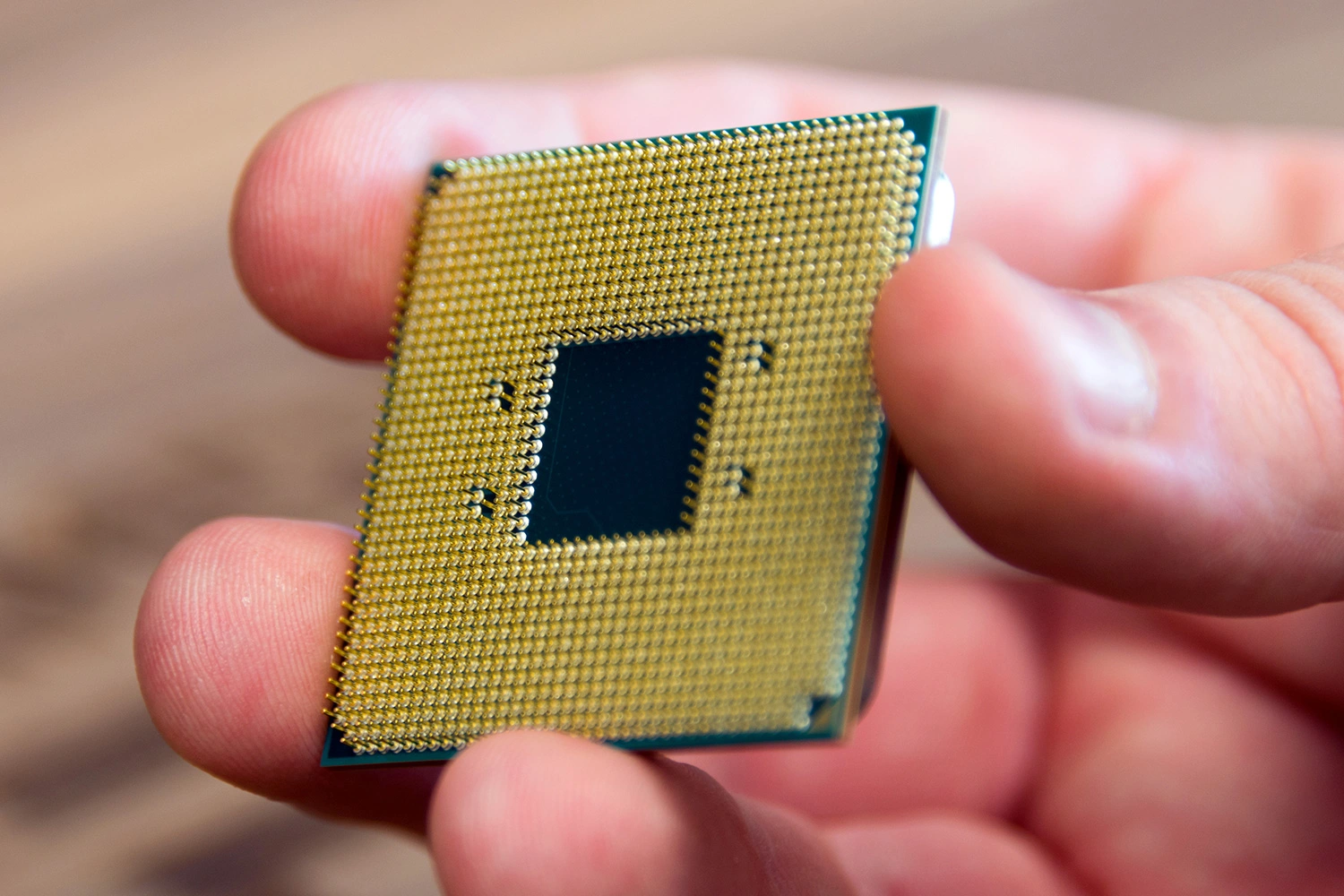Introduction
Welcome to the world of CPU architecture! If you have ever wondered what powers your computer and makes it capable of performing complex tasks, then understanding CPU architecture is key. Whether you are building a new computer, upgrading an existing one, or just curious about the inner workings of your machine, knowing the basics of CPU architecture can enhance your computing experience.
CPU, which stands for Central Processing Unit, is often referred to as the brain of a computer. It plays a pivotal role in executing instructions and performing calculations that enable software applications to run smoothly. CPU architecture refers to the design and organization of the internal components of a CPU, which ultimately determines its performance and capabilities.
Why is it important to understand CPU architecture? Well, the architecture of a CPU directly impacts its speed, efficiency, and compatibility with software applications. By understanding different CPU architectures, you can make informed decisions when it comes to choosing the right hardware for your specific needs.
In this article, we will delve into the world of CPU architecture, explore its various types, and examine the basic components that make up a CPU. We will also discuss how CPU architecture affects the overall performance of a computer and provide some tips on selecting the right CPU architecture for your unique requirements. So, let’s dive in and unravel the mysteries of CPU architecture!
What is CPU Architecture?
CPU architecture refers to the design and organization of the internal components of a Central Processing Unit (CPU). It determines how instructions are executed, data is processed, and calculations are performed. CPU architecture plays a crucial role in determining the overall performance and capabilities of a computer.
At its core, CPU architecture can be thought of as the blueprint or framework that defines the interactions between different components of the CPU. These components include the instruction set, caches, registers, pipelines, and the control logic. Each component has a specific function and works together to execute instructions and perform calculations.
One important aspect of CPU architecture is the instruction set. This refers to the specific set of operations that the CPU can understand and execute. Different CPUs can have different instruction sets, such as x86, ARM, or PowerPC. The instruction set determines the programming languages and software applications that are compatible with a particular CPU.
Another crucial element of CPU architecture is the size of the data bus and the address bus. The data bus is responsible for transferring data between the CPU and other components, such as memory or input/output devices. The address bus, on the other hand, is used to specify the location of data in the memory. The size of these buses affects the overall speed and efficiency of data transfer and can vary between different CPU architectures.
Furthermore, CPU architecture can also incorporate other features such as caches and pipelines, which are designed to improve performance. Caches are small, high-speed memory areas that store frequently accessed data, allowing for faster retrieval. Pipelines, on the other hand, enable the CPU to process multiple instructions simultaneously, increasing overall efficiency.
Overall, CPU architecture is a vital aspect of computer technology. It determines how efficiently a CPU can execute instructions, process data, and perform calculations. Different architectures have their advantages and disadvantages, making it essential to choose the right CPU architecture that meets your specific needs and usage requirements.
Importance of Understanding CPU Architecture
Understanding CPU architecture is essential for both computer enthusiasts and everyday users. It allows you to make informed decisions when it comes to purchasing or upgrading your computer hardware. Here are some key reasons why understanding CPU architecture is important:
1. Performance Optimization: Different CPU architectures offer varying levels of performance. By understanding the architecture of a CPU, you can choose a processor that aligns with your specific computing needs. Whether you require high performance for intensive tasks like gaming, video editing, or data analysis, or if you need energy-efficient processors for long battery life on a laptop, knowledge of CPU architecture enables you to make informed choices.
2. Software Compatibility: CPU architecture determines the compatibility of software with your computer. Different architectures support different instruction sets, and software applications are developed to work with specific instruction sets. Understanding your CPU architecture will ensure that you can run the software you need without compatibility issues.
3. Upgradability: When upgrading your computer, understanding CPU architecture can help you choose a compatible processor. Each CPU architecture has a specific socket type that determines its physical compatibility with a motherboard. By understanding the architecture, you can select a processor that is compatible with your current motherboard or opt for a new motherboard that supports the desired architecture.
4. Troubleshooting and Optimization: Understanding CPU architecture allows you to diagnose and optimize system performance. By knowing the internal components and their functions, you can identify potential bottlenecks or performance issues. This knowledge empowers you to fine-tune your system, ensuring optimal performance for your specific workload.
5. Future-Proofing: CPU architecture evolves over time, introducing new technologies and features that enhance performance and efficiency. Understanding the current trends in CPU architecture allows you to future-proof your system by selecting a processor that incorporates the latest advancements. This ensures that your system can handle future software demands and technological advancements.
Overall, understanding CPU architecture empowers you to make informed decisions about hardware upgrades, optimize system performance, ensure software compatibility, and future-proof your computer. By delving into the intricacies of CPU architecture, you can unlock the full potential of your computer and enhance your overall computing experience.
Common CPU Architectures
There are several CPU architectures that you may come across when shopping for computer hardware or researching CPUs. Each architecture has its own characteristics and is associated with different manufacturers and product lines. Understanding these common CPU architectures can help you make informed decisions when choosing a processor. Here are a few of the most widely used CPU architectures:
1. x86: The x86 architecture, developed by Intel and later adopted by AMD, is one of the most prevalent CPU architectures in the PC market. It is compatible with a wide range of operating systems and software applications. The x86 architecture has evolved over the years, with different generations and revisions, including the popular Intel Core series and AMD Ryzen processors.
2. ARM: The ARM architecture, developed by ARM Holdings, is primarily used in mobile devices such as smartphones and tablets. ARM processors are known for their energy efficiency, making them ideal for portable devices with limited battery life. ARM-based processors have gained popularity in recent years and can now be found in some laptops and low-power desktop computers.
3. PowerPC: The PowerPC architecture, developed by IBM, was once widely used in desktop and server systems, particularly in Apple Macintosh computers. While PowerPC processors are not as commonly found in consumer devices today, they are still used in some high-performance computing and embedded systems.
4. RISC-V: RISC-V is an open-source CPU architecture that is gaining traction in the industry. It is designed to be flexible, customizable, and open for development by different companies and organizations. RISC-V processors are primarily used in specialized applications and embedded systems, offering an alternative to proprietary architectures.
5. SPARC: The SPARC architecture, developed by Sun Microsystems (now Oracle), is mainly used in enterprise-level servers and high-performance computing systems. While it has a smaller market presence compared to x86, SPARC processors offer high scalability, reliability, and performance for demanding workloads.
These are just a few examples of commonly used CPU architectures. It’s important to note that advancements in CPU architectures occur regularly, and new architectures may enter the market in the future. Understanding these architectures can help you choose a processor that fits your specific needs, whether it’s for gaming, multimedia production, everyday computing, or specialized applications.
Basic Components of a CPU
A CPU, or Central Processing Unit, is a complex electronic circuit that performs the essential operations and calculations in a computer. It consists of several key components, each playing a crucial role in the overall functioning of the processor. Understanding these basic components can give you insights into how a CPU executes instructions and processes data. Here are some of the fundamental components of a CPU:
1. Control Unit (CU): The Control Unit is responsible for managing the execution of instructions. It coordinates the activities of other components, fetches instructions from memory, and decodes them, determining the actions to be performed.
2. Arithmetic Logic Unit (ALU): The Arithmetic Logic Unit is the part of the CPU that performs arithmetic and logical calculations. It can perform operations like addition, subtraction, multiplication, division, as well as logical operations such as AND, OR, and NOT.
3. Registers: Registers are small, high-speed memory locations within the CPU. They store data and instructions that are currently being processed or frequently accessed. Registers play a critical role in improving the overall speed and efficiency of data manipulation.
4. Memory Management Unit (MMU): The Memory Management Unit is responsible for managing the memory hierarchy of a computer system. It handles memory access, translation of virtual addresses to physical addresses, and memory protection.
5. Instruction Cache: The Instruction Cache is a small, high-speed memory within the CPU that stores frequently used instructions. It allows the CPU to fetch instructions quickly, reducing the need to access main memory. This helps improve program execution speed.
6. Data Cache: Similar to the Instruction Cache, the Data Cache is a small, high-speed memory that stores recently accessed data. It improves data access speed and reduces the number of memory accesses required, enhancing overall performance.
7. Bus Interface Unit (BIU): The Bus Interface Unit handles communication between the CPU and other components, such as memory and input/output devices. It manages data transfer and control signals through the system bus.
8. Clock Generator: The Clock Generator produces regular clock pulses that synchronize the operations of the CPU and other components. The clock speed determines the speed at which instructions are executed and calculations are performed.
These components work together to enable the CPU to execute instructions, perform calculations, and process data. Each component plays a specific role, and their efficiency and interaction contribute to the overall performance of the CPU. Understanding these basic components can give you a deeper insight into how a CPU functions and can help you make informed decisions when it comes to purchasing or upgrading your computer’s processor.
How Does CPU Architecture Affect Performance?
The CPU architecture plays a significant role in determining the performance of a computer. Different architectural designs can have varying effects on factors such as speed, efficiency, and overall capabilities. Here are some key ways in which CPU architecture affects performance:
1. Instruction Execution: CPU architecture influences how instructions are executed, which directly impacts performance. Architectures with advanced instruction sets and execution pipelines can handle complex tasks more efficiently, resulting in faster processing times. Additionally, the presence of features like branch prediction and speculative execution can optimize instruction execution and improve overall performance.
2. Clock Speed and Frequency: CPU architecture affects the maximum clock speed and frequency at which a processor can operate. A higher clock speed allows instructions to be executed more quickly, leading to faster task completion. Different architectures have different limits on clock speed due to factors such as power consumption and heat dissipation. Therefore, the choice of architecture can determine the potential performance level of a CPU.
3. Cache Hierarchy: CPU architectures implement various cache levels, such as L1, L2, and L3 caches. These caches store frequently accessed data and instructions, reducing the time spent waiting for data to be fetched from main memory. The size, latency, and organization of caches within the architecture affect the rate of data access and can significantly impact performance.
4. Parallelism and Multithreading: CPU architectures differ in their ability to handle parallel processing and multithreading. Some architectures have multiple cores or support simultaneous multithreading (SMT), which allows for better multitasking and improved performance on applications that can take advantage of parallel processing. The presence of these features can enhance overall system responsiveness and task execution speed.
5. Power Efficiency: CPU architecture also affects power consumption and energy efficiency. Some architectures prioritize low-power operation to maximize battery life in mobile devices or reduce energy costs in servers. Efficiency-related features, such as voltage scaling and dynamic frequency scaling, can reduce power consumption, but may impact performance to some extent.
6. Software Compatibility: CPU architecture determines the compatibility of software with a particular system. Different architectures support different instruction sets, and software needs to be compiled or optimized to run on a specific architecture. If software is not developed or optimized for a particular architecture, it may run slower or not work at all.
Overall, CPU architecture plays a critical role in determining the performance of a computer. Factors such as instruction execution, clock speed, cache hierarchy, parallelism, and power efficiency can significantly impact the overall capabilities and speed of a CPU. When choosing a CPU, it’s important to consider your specific computing needs and select an architecture that aligns with your requirements to achieve the desired level of performance.
Choosing the Right CPU Architecture for Your Needs
When selecting a CPU for your system, understanding different CPU architectures is crucial to ensure optimal performance and compatibility with your specific needs. Here are some factors to consider when choosing the right CPU architecture:
1. Workload and Usage: Determine the primary purpose of your computer and the tasks you intend to perform. If you are a gamer or content creator requiring high performance, architectures like x86 with powerful multi-core processors may be the best fit. On the other hand, if you prioritize battery life and portability, energy-efficient architectures like ARM in mobile devices or laptops might be more suitable.
2. Software Compatibility: Check the compatibility of the software applications you use or plan to use with different CPU architectures. Some applications are optimized for specific architectures, such as certain video editing or 3D rendering software that may work better with certain x86 processors. Ensure your desired architecture has wide software compatibility to avoid compatibility issues or poor performance.
3. Budget: Consider your budget when selecting a CPU architecture. Different architectures come with varying price tags. Generally, high-performance architectures like x86 may be more expensive than energy-efficient architectures like ARM. It’s essential to find a balance between your budget and the performance you require.
4. Future Compatibility: Ensure the CPU architecture you choose is future-proof to some extent. Look for architectures that have adequate support, regular updates, and a clear roadmap for future developments. This helps ensure ongoing software compatibility as technology advances and new applications emerge.
5. Multitasking Needs: Assess your multitasking requirements. If you often run multiple applications simultaneously, architectures with multiple cores or support for simultaneous multithreading (SMT) can offer better performance. This enables smooth multitasking and improves responsiveness when handling resource-intensive tasks.
6. Power Efficiency: Consider the power efficiency of the CPU architecture, especially if you prioritize energy savings or have a portable device. Energy-efficient architectures like ARM are designed to minimize power consumption, which can result in extended battery life in laptops or longer operational times in mobile devices.
7. Upgradability: Keep in mind the upgradability of the CPU architecture. Consider if the architecture allows for easy future upgrades to higher-performance processors or if it offers compatibility with new technologies. This ensures that your system can stay updated and adapt to future requirements.
By carefully considering these factors and understanding various CPU architectures, you can make an informed decision and choose the right CPU architecture that aligns with your needs. Remember to strike a balance between performance, compatibility, budget, and future requirements to maximize your computing experience.
Conclusion
Understanding CPU architecture is vital for anyone seeking to make informed decisions about their computer’s hardware. By comprehending the different CPU architectures available, you can choose a processor that matches your specific computing needs and optimize your system’s performance.
In this article, we explored the definition of CPU architecture and its importance in determining a computer’s performance. We discussed common CPU architectures such as x86, ARM, PowerPC, RISC-V, and SPARC, highlighting their unique characteristics and areas of application.
We also examined the basic components of a CPU, including the control unit, arithmetic logic unit (ALU), registers, memory management unit (MMU), caches, bus interface unit (BIU), and clock generator. Understanding these components provides insight into how a CPU functions and how its performance can vary based on architectural design.
Furthermore, we explored how CPU architecture affects performance in terms of instruction execution, clock speed and frequency, cache hierarchy, parallelism, power efficiency, and software compatibility. These factors influence the speed, efficiency, and capabilities of a CPU, emphasizing the importance of considering CPU architecture when choosing a processor.
Lastly, we provided guidelines for selecting the right CPU architecture to meet your specific needs. Factors such as workload and usage, software compatibility, budget, future compatibility, multitasking requirements, power efficiency, and upgradability should all be considered during the decision-making process.
By considering these factors and understanding CPU architecture, you can make an informed choice that optimizes performance, efficiency, and compatibility in your computing experience. Whether you are building a new computer, upgrading your existing system, or simply seeking to enhance your knowledge, delving into the world of CPU architecture is a worthwhile endeavor.







